London. Part One.
Transport, navigation, infrastructure
The first thing in the pocket of a tourist arriving in London is an Oyster transport card. It’s impossible to pass by it: the entire route from Heathrow Airport to the entrance of the subway is adorned with posters urging to purchase this card.

The Oyster card is a universal travel ticket. It is easy and convenient to use. When purchasing the card, you should immediately top it up with a certain amount of money, which will be deducted evenly as you travel on public transport. The card is valid on all London transport: buses, overground and underground metro, DLR (Docklands Light Railway), and the modest tram network in the southern part of the city.
Getting around in London can be quite expensive on its own, but thanks to the incredibly flexible and intricate system of discounts and incentives, you can save a lot.
There are two main ways to use the Oyster card: the Pay as you go system (pay-per-ride) and the Travelcard (season ticket). Users are incentivized not to use pay-per-ride, as the fare price increases. The cost of a single bus ticket purchased on-site is £2.4, while the cost through the Pay as you go system is £2.1. Additionally, Pay as you go takes into account peak hours, which are determined by statistics and vary depending on holidays and weekends, with fares increasing even further during these hours.
The Travelcard operates more simply: a pass for 1 day, 7 days, a month, or a year is loaded onto the card. The cost of a single journey is only £1.4, plus there is a so-called price cap for each mode of transport. For example, if £4.4 is spent on buses during the day, all subsequent journeys until tomorrow are free.
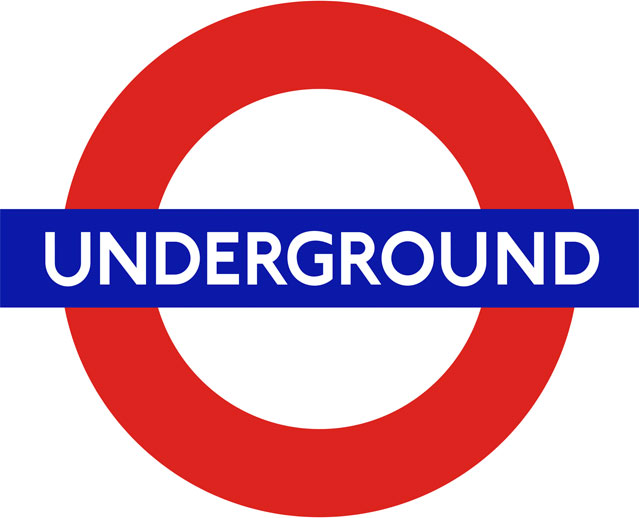
The Moscow metro is called “metro,” the New York metro is called Subway, and the metro in London is called Underground, although Londoners themselves refer to it as The Tube.
The metro is divided into zones. The fare cost is not fixed but depends on the number of zones covered during the journey.
Validators are located not only at the entrance but also at the exit. If a passenger fails to touch the yellow circle with their card upon exit, they will be charged the maximum fare of around £8.

The London Underground has 270 stations, while the Moscow Metro has 190 stations. However, from the latter figure, approximately 30 should be subtracted because in London, all interchange stations are counted as one. In Moscow, some stations like Pushkinskaya are counted thrice for some reason and have three different names.
Victoria Station.

Oxford Circus Station.

Westminster Station.

Notting Hill Gate Station.

Escalators.


Electronic advertising on escalators.

There is a lot of advertising in the London Underground; all available spaces on stations, corridors, and along escalators are covered with advertisements. Advertising is literally everywhere, surpassing even the Kyiv metro by far.
Certainly, the London Underground cannot be called an art object; it serves a purely transportation function. Moreover, all the advertising is standardized and of high quality—it feels like the cultural committee approves the designs—so the signs are not too eye-catching. On the contrary, they help soften the oppressive underground atmosphere.

On the other hand, the navigation in the Tube is flawless. The station name is visible from any spot in the train: the signage is repeated along the entire platform. Similarly, signs saying “Way out” are constantly within sight.
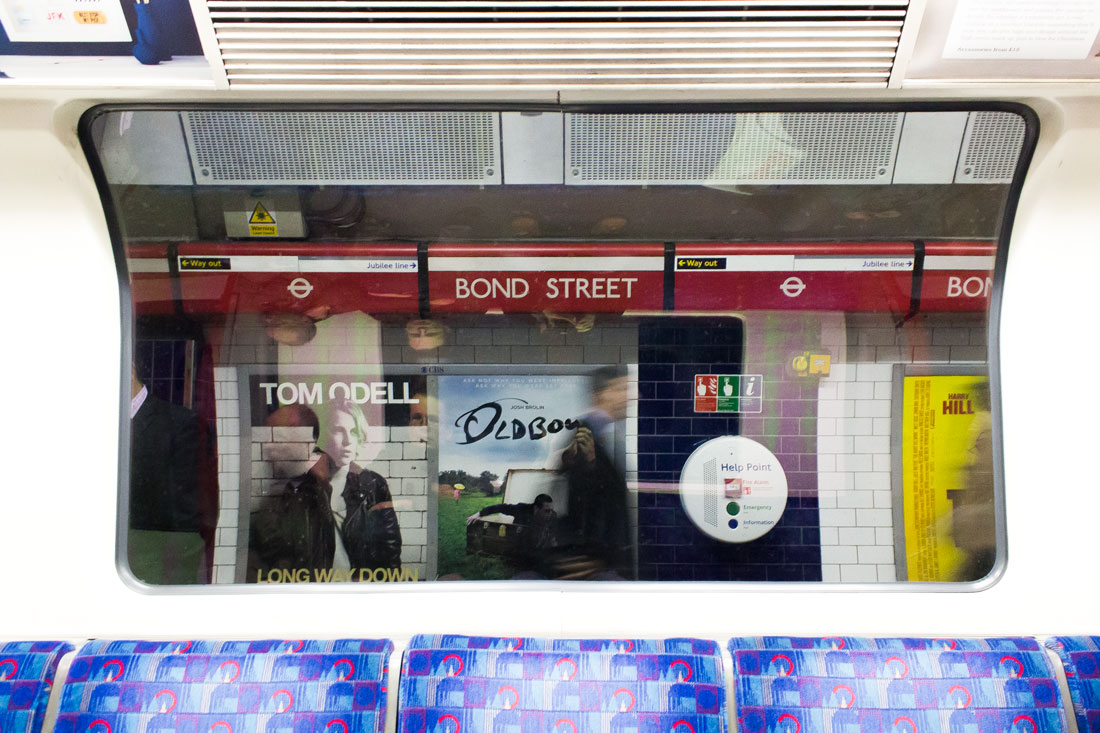



In the London Underground, there are platforms that are designated as Westbound, Eastbound, Southbound, and Northbound.
They are named after the cardinal directions with the suffix “bound,” for example, Westbound platform. Thanks to this system, it is not necessary to stand and read all the station names to understand which path is on the right or left.
The sign at the bottom of the escalator at a station with two lines.

The station signage on the platform wall. Compact and neat, displaying interchanges and other information.

Announcement of the closure of one of the stations on the line.

The passages are very narrow and low.




They are so narrow that it is necessary to hang reflectors to see who is coming or hiding around the corner.



All steps are covered with a metal cladding for durability.


Button for calling fire, assistance, and information.

Trash bin.
In the Moscow metro, the absence of trash bins is justified by terrorist security concerns — allegedly, it is very easy to place a bomb in them. It is an incredible stupidity. There are toilets in the London metro as well, and in this case, according to the author’s belief, their absence in Moscow is purely technical: waste disposal system was not designed to be brought to the surface.

Advertisement: Wi-Fi now available at Station 121.

Exit at Westminster Station.

Elevated metro.


Electronic display boards are mandatory at all stations and show the arrival times of the next three trains. The first line indicates the closest train, while the second line alternates between the second and third trains.


“Mind the gap,” repeats the dispatcher’s voice. In the London metro, direct stations are rarely found; they all have slight curves, leaving a gap between the train and the platform.

There are old and new train cars. The old ones are narrow, low, and without connections. The new ones are wide and tall, with all cars connected in one long unit, allowing for walking through. It is unlikely that the new trains can be used on all lines due to the width limitations of the tracks.
Handrails are painted in the colors of the lines. Unfortunately, this rule is not always followed: the same train may be used on different branches.



It is customary to give up seats.

Musicians are not discouraged in the metro; on the contrary, special designated areas marked with a semicircle symbol and the inscription “Let the music transport you” are provided for them.
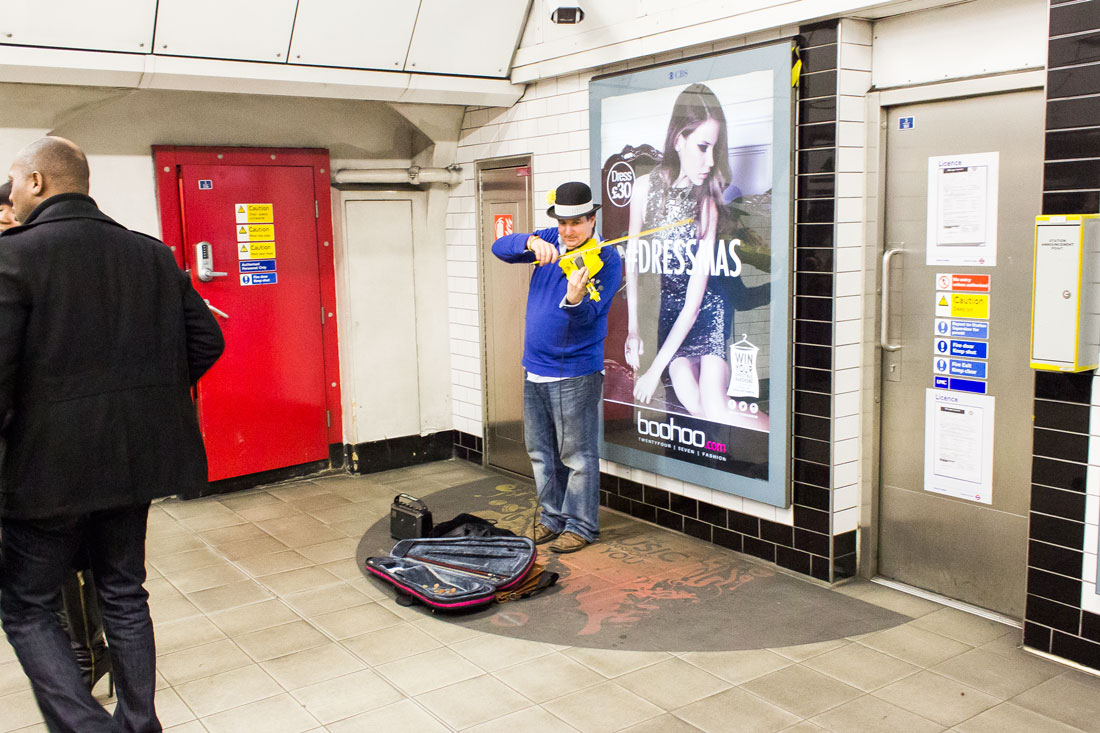

Due to historical reasons, the United Kingdom has developed a left-hand traffic system. Naturally, this is very unfamiliar for tourists, and people constantly look in the wrong direction when crossing the road. Therefore, on all crossings, there are signs saying “Look Right, Look Left” or “Look Both Ways.” Interestingly, all these signs are handwritten.

Sometimes the green indicator on the traffic light is covered with a grid, making the signal visible only to pedestrians but not to drivers. This is done to reduce visual clutter and the abundance of lights that could confuse drivers.

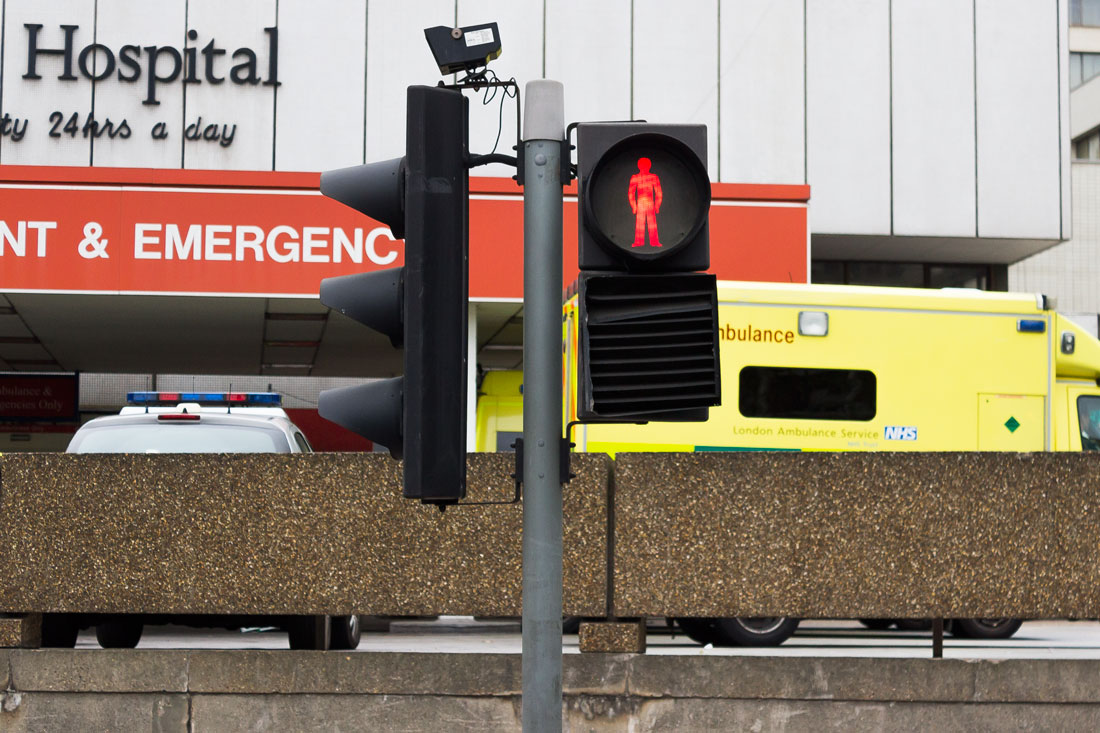
Crosswalks are often divided into two parts with a safety island or a bus stop.


Uncontrolled crosswalks have raised tile platforms that compel drivers to reduce speed.

There are practically no despised underground crossings. Only one was encountered, featuring paintings.



Warning sign before a dangerous road section: “Dogs must be on lead.”

In London, there is the coolest pedestrian signal button in the world. It is a mechanical button with a smooth action, and pressing it is extremely satisfying. The inscription “WAIT” with warm vintage-style backlighting takes you back in time for a moment. It’s especially enjoyable compared to Berlin with its touch-controlled buttons.

On some streets, bus stops are placed facing the opposite direction to prevent passengers from being splashed by passing vehicles. The stops are equipped with modest benches.


Route sign or Route indicator.
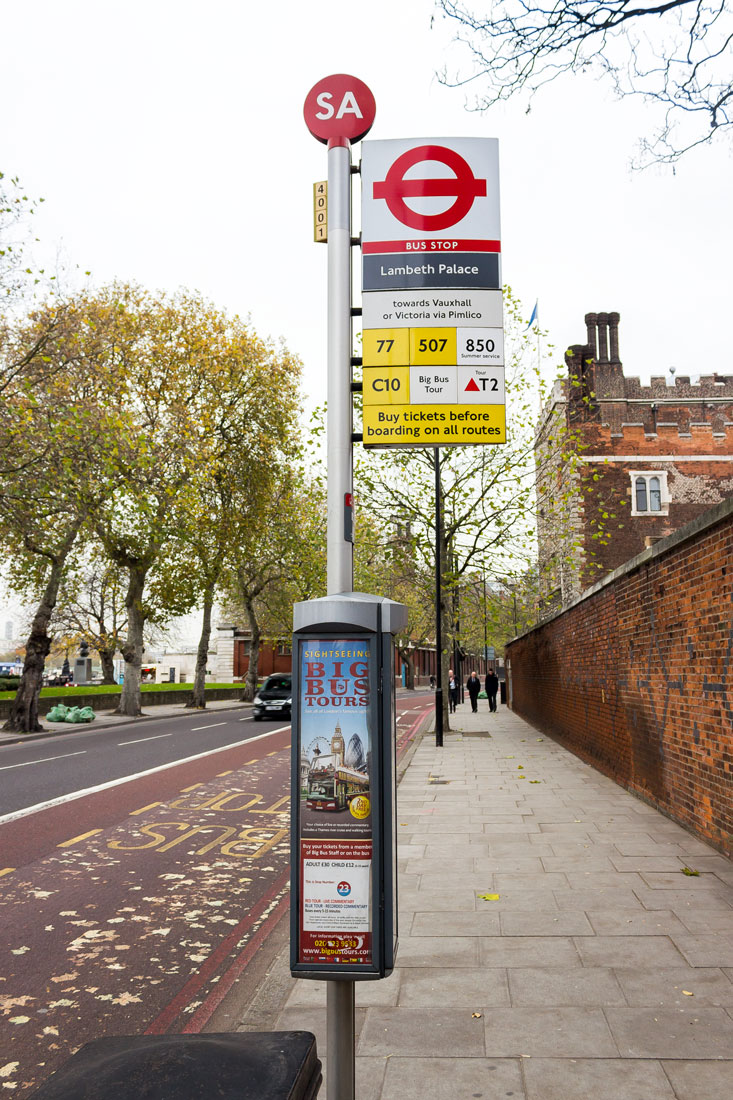
The letters “SA” at the top: all stops are additionally marked with letters and provided with a route diagram and a map of nearby stops in the area.
For example, if a person needs to get from the center of London to their neighborhood and they don’t know the bus number or where it stops.
In such a case, they look for the nearest stop, let’s say it is labeled as “D”. Then, using the route diagram, they find the desired route and determine that their bus, number 137, stops at stop “B”. They identify on the map that stop “B” is located slightly forward and to the right of stop “D”, and they head in the correct direction.
Navigation apps are not necessary. Yellow markings indicate buses for which tickets should be purchased in advance and cannot be bought from the driver.
Ticket vending machine.

Sign of a temporary bus stop.

Bus depot or bus fleet.

Double-decker bus — London cannot be imagined without it.

From the second floor, due to the perspective, it often seems like the bus is about to run into someone.



Bicycle parking. Most often, bicycles branded by Barclays Bank are encountered. Next to the parking areas, there is a map of bike lanes. In the author’s opinion, cycling in London is not highly developed.

Tile. Someone’s smoothing went off in Photoshop, and the masons took it literally.

Old police emergency phone.

Trash bins.


Entry to the central zone is paid. The zone is indicated by signs with the letter “C” in a red circle. Paid hours are usually from 7 AM to 6 PM. The cost is £10 per day.

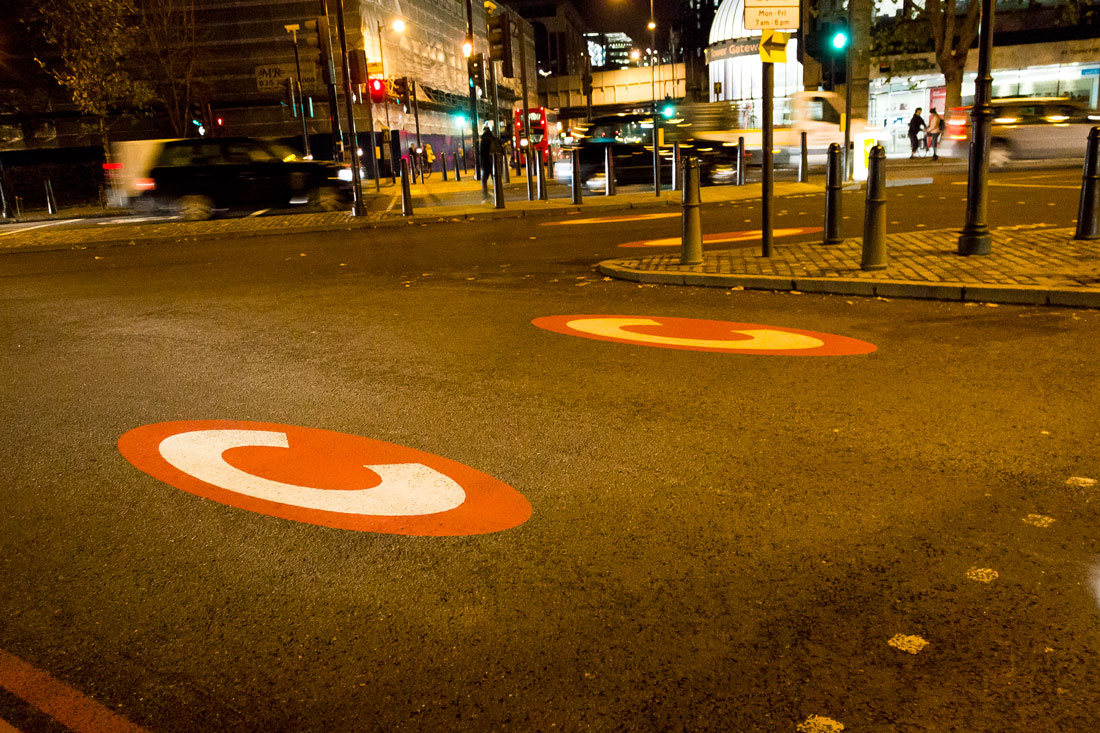
Street signs and plaques.






As far as the author can judge, slightly modified versions of the Univers Condensed font are used in street names.

Parking meter.

Taxi, the famous English cab. Very spacious: up to 6 folding seats at the back, like a mini-bus.

Social advertisement in the metro: “When feeling sick or suffering pain, it’s tempting to try and stop the train.”

“Please, don’t take it out on our staff”, “A little patience won’t hurt you”
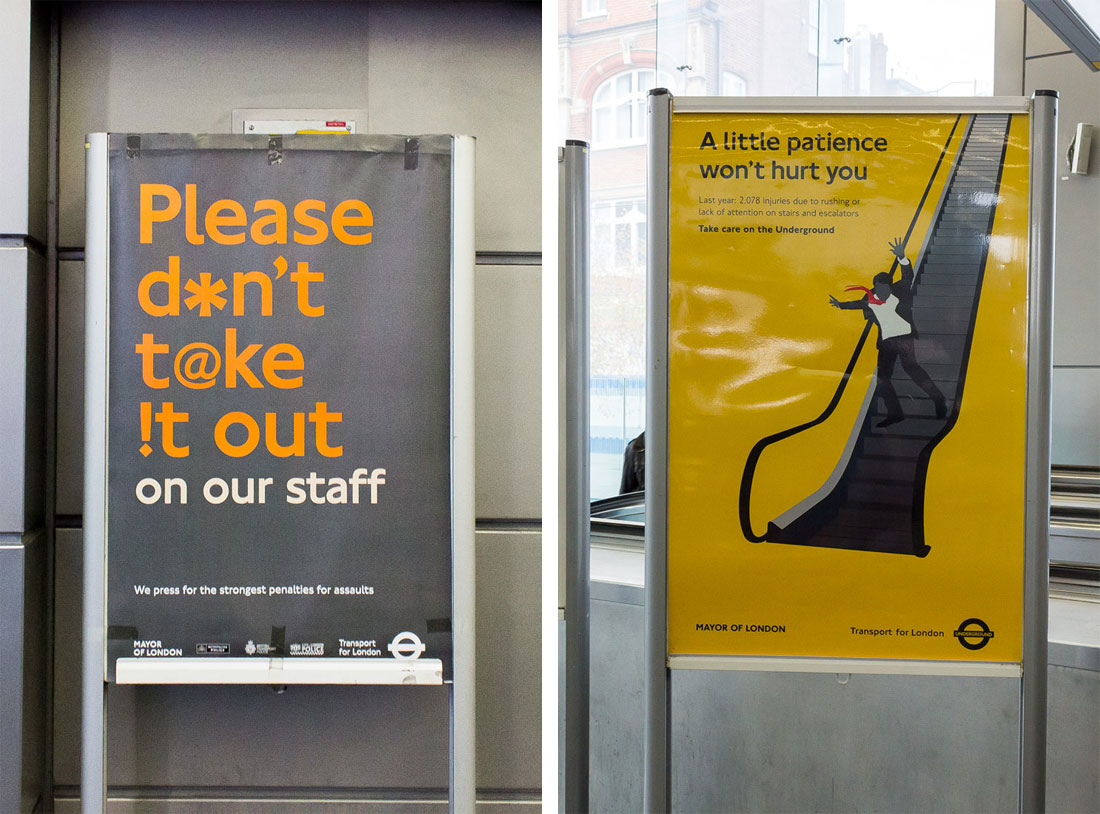
There are about ten lifebuoys installed on the bridges across the Thames.

A dangerous place, very similar to a pedestrian crossing, is carefully fenced off with a stone protrusion at an angle. It is not visible in the photograph, but in reality, it is a rather high step that cannot be overlooked.

Announcement of a restriction on motor vehicle traffic.
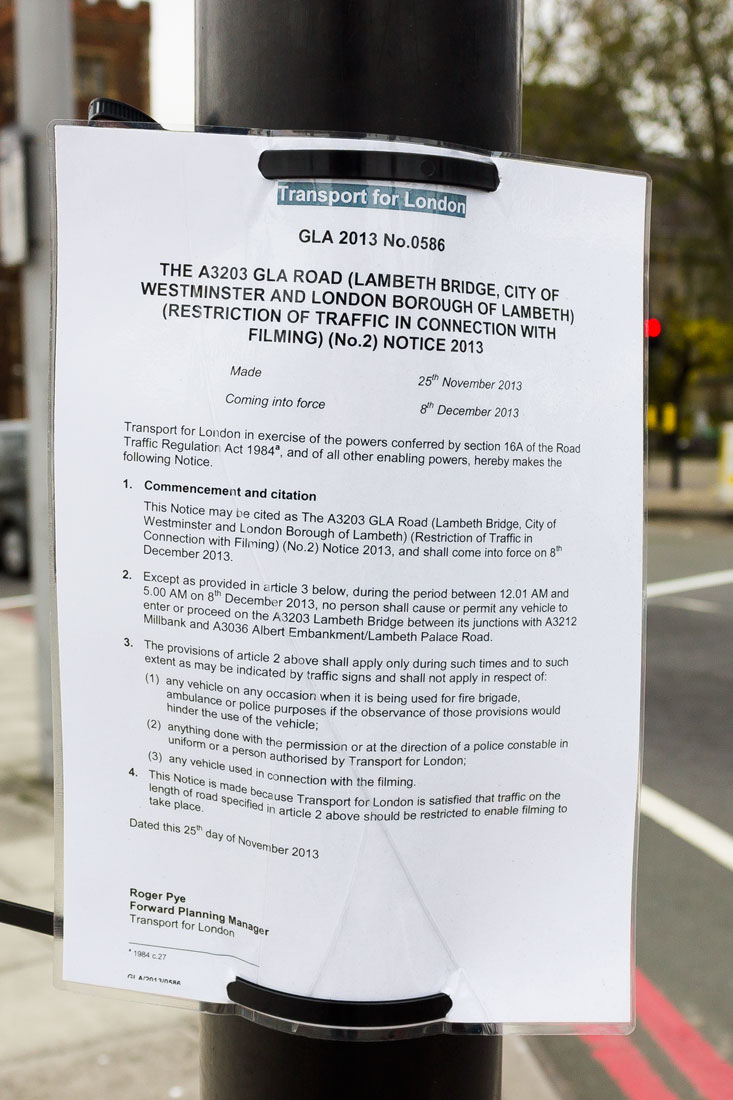
Signpost of nearby landmarks and a map of the area.

The advertising stand is positioned diagonally, so it is visible and doesn’t obstruct the passage. A great and simple solution.

Hat.



